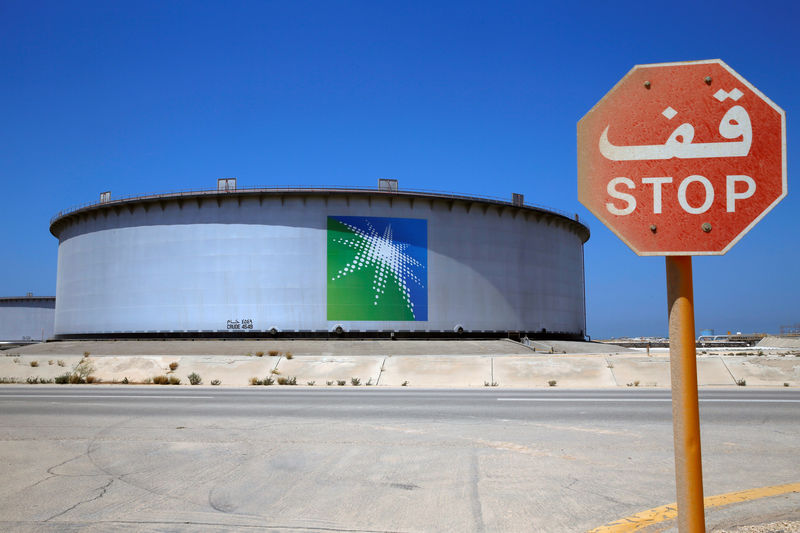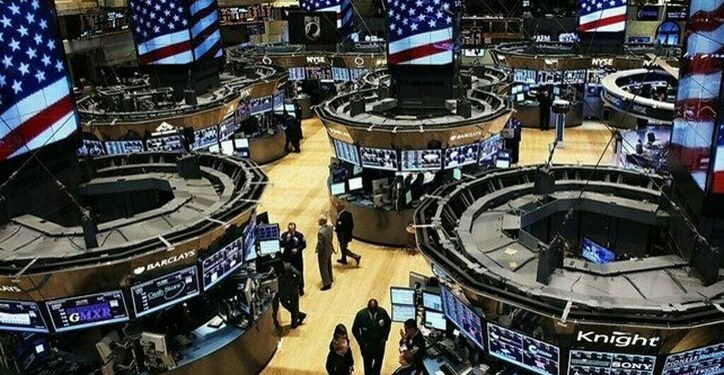 © Reuters. Aramco more resilient to oil slump than listed rivals: accounts
© Reuters. Aramco more resilient to oil slump than listed rivals: accountsBy Alex Lawler
LONDON (Reuters) – Saudi Aramco is more resilient to oil price slumps than its biggest listed rivals, its 2016 accounts indicate, giving a rare insight into the state energy giant’s finances ahead of a proposed flotation.
The full-year accounts, not publicly available but seen by Reuters, show Aramco’s net income fell by about 21 percent to $13.3 billion in 2016 – when oil prices collapsed to a 12-year low of $27.10 a barrel due to a global glut of crude.
By comparison, the net income of Exxon Mobil Corp (NYSE:), the world’s largest listed oil company, dropped 51 percent in 2016, while the earnings attributable to shareholders of Royal Dutch Shell (LON:), the No.2 listed oil firm, fell 37 percent, excluding items.
Saudi Aramco said in response to a request for comment: “Saudi Aramco does not comment on speculation regarding its financial performance and fiscal regime.”
Industry experts say Aramco’s ability to better weather price shocks is down to low production costs, the fact its major operations are concentrated in just one country and because it has fewer employees than its biggest rivals even though it is the world’s largest oil producer.
Analysts estimates the Saudi giant’s production costs at below $1 per barrel compared to $10 per barrel in places like Russia and as much as $20-30 per barrel in locations like the North Sea.
The accounts show 67,718 people worked for Aramco in 2016. That compares with 71,100 at Exxon and 89,000 at Shell.
Aramco produces around 10 million barrels per day (bpd) of oil compared with Exxon’s and Shell’s oil equivalent of 4 million bpd and 3.7 million bpd respectively.
In April, Bloomberg reported Aramco had net income of $33.8 billion in the first six months of 2017, up from $7.2 billion in the first of half of 2016, as oil prices spiked and as the Saudi government changed the tax rate.
Full-year results for 2016 and 2015 have never been disclosed before.
Aramco’s earnings and other key information about the company, which pumps about 10 percent of the world’s oil, have been a closely guarded secret for decades.
The accounts provide a window into its finances ahead of the proposed stock market listing, should it go ahead.
Even though Aramco may be bigger and more resilient than its peers, analysts have repeatedly expressed doubt that it can achieve Riyadh’s $2 trillion valuation, if and when it decides to list its stock. Its nearest rival Exxon is worth $350 billion.
A listing of up to 5 percent of Aramco has been the centerpiece of a government plan to diversify the kingdom’s economy. But some sources close to the process say the plans for a domestic and international listing may never happen.
“Domestic is more likely, but the whole thing is uncertain,” said a source familiar with Aramco’s IPO plans.
Saudi Arabia’s energy minister, Khalid al-Falih, said on June 21 it would be “nice” to see Aramco floated in 2019, adding the timing was not critical to the government.
$13 BILLION NET INCOME
The documents seen by Reuters show that Aramco made more money than any other oil company in 2016.
Its net income of $13.3 billion in 2016 outstripped Exxon’s $7.8 billion, while Shell reported 2016 earnings attributable to shareholders – the equivalent metric – of $3.5 billion.
BP (LON:), dealing with the financial aftermath of the Deepwater Horizon disaster, reported a loss of $999 million in 2016, better than a $5.162 billion loss in 2015.
Based on cash flow from operations, another important metric for investors, Aramco did well too.
The company’s net cash from operating activities rose about 21 percent to $29 billion in 2016, the accounts show.
The highest figure among the listed competitors was reported by Exxon, whose cash flow from operations was $22.1 billion, down 27 percent from 2015. Shell’s cash flow from operations fell 31 percent and BP’s declined 44 percent.
Aramco realized an average price of $40.68 on its exports in 2016, down from $49.46 in 2015, the accounts showed. Revenue was $135 billion, down from $146 billion in 2015.
The 2016 Aramco accounts reviewed by Reuters were prepared according to IFRS standards, and according to the 85 percent tax rate that applied at the time. The Saudi government cut the tax rate to 50 percent from 2017, making the firm more attractive to potential investors.
Source: Investing.com





























